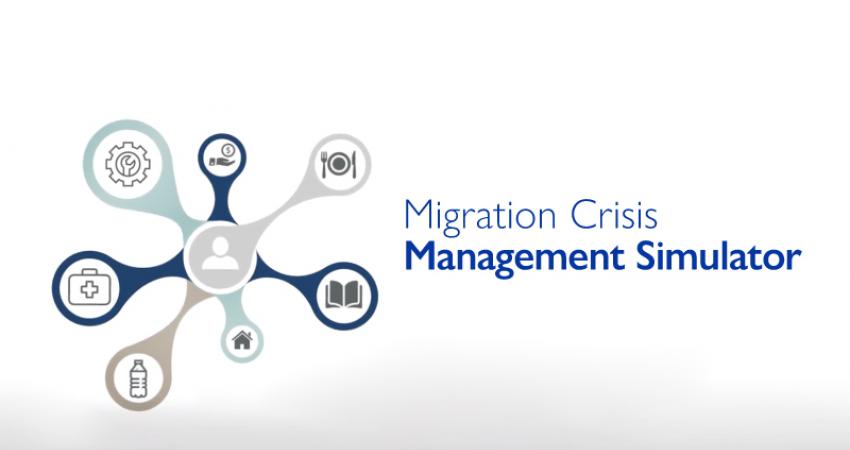IOM is developing a simulator for migration crisis management

The human mobility dimension of crises is growing more and more relevant as crisis produce more complex and larger-scale migration flows. However, the response of States and the international community to a migration crisis is often reactive. One of the challenges is to increase the capacities of decision makers to plan and develop contingency plans for large-scale human movements.
IOM is aware of this challenge and is working through the Regional Migration Program: Mesoamerica-The Caribbean to develop a learning software which, through a “learn-by-doing” methodology, government officials will use to better understand how a country can and should prepare itself for and address a migration crisis. The software will simulate migration crises in a fictitious country and the task of the user will be to manage these flows, using international best practices and guidelines such as the MICIC (Migrants in Countries in Crisis) initiative and the Migration Crisis Operational Framework (MCOF).
The simulation begins with a case study provided by the software. Because managing migration crises involves many dimensions, the simulator will allow users to visualize the consequences and implications of making different decisions.
The emphasis is not on the disaster or the cause of the migration crisis, but on the response. This will build the capacity of the government to handle real cases.
“The objective is for people who work in governments to be better prepared to respond to migration flows in crisis contexts. The simulator enables visualization of different scenarios and the consequences involved in making different decisions,” explained Graciela Incer, Technical Specialist of the Regional Migration Program: Mesoamerica-The Caribbean.
Watch video: https://www.youtube.com/watch?v=yhfzr23cZBg
